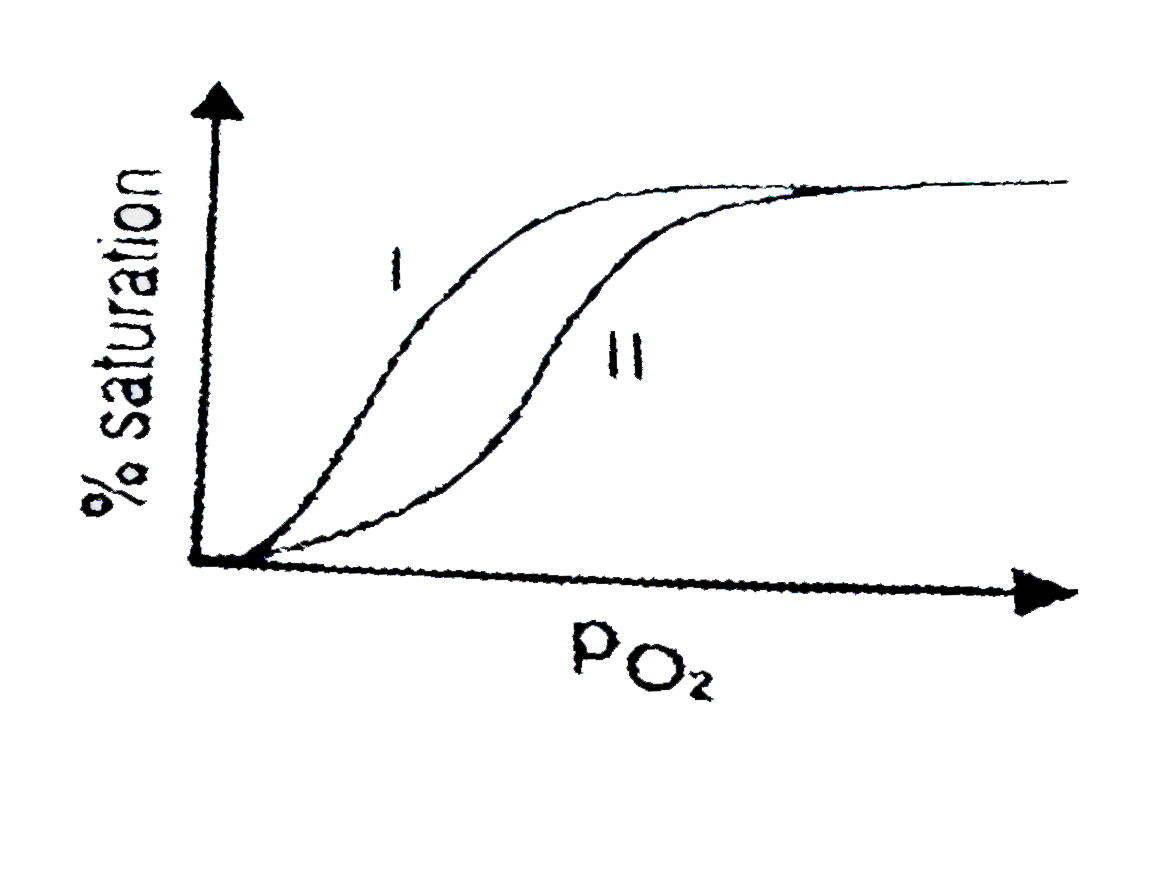NADH2 generated in glycolysis produces ATP in ETS in presence of O2. In absence of O2 this NADH2 functions as
Oxidising agent
Phosphorylating agent
Reducing agent
Carboxylating agent
The correct Answer is:C
To answer the question, "NADH₂ generated in glycolysis produces ATP in ETS in presence of O₂. In absence of O₂ this NADH₂ functions as," we can break it down into the following steps:
1. Understanding Glycolysis:
- Glycolysis is the metabolic pathway that converts glucose into pyruvate, producing ATP and NADH in the process. NADH is generated when NAD⁺ (Nicotinamide adenine dinucleotide) accepts electrons during the oxidation of glucose.
2. Role of Oxygen:
- In the presence of oxygen (aerobic conditions), NADH produced in glycolysis enters the Electron Transport System (ETS), where it is oxidized back to NAD⁺. This process allows for the production of ATP through oxidative phosphorylation, yielding approximately 3 ATP molecules per NADH.
3. Absence of Oxygen:
- When oxygen is not available (anaerobic conditions), the NADH cannot enter the ETS. Instead, it must be re-oxidized to NAD⁺ through alternative pathways.
4. Function of NADH in Anaerobic Conditions:
- In the absence of oxygen, NADH acts as a reducing agent. It donates electrons (and protons) to other molecules, which allows the regeneration of NAD⁺. This is crucial for glycolysis to continue, as glycolysis requires NAD⁺ to function.
5. Fermentation Process:
- The re-oxidation of NADH occurs during fermentation. There are two main types of fermentation:
- Lactic Acid Fermentation: In this process, NADH donates electrons to pyruvate, converting it into lactic acid and regenerating NAD⁺.
- Alcoholic Fermentation: Here, NADH donates electrons to acetaldehyde, converting it into ethanol (ethyl alcohol) and regenerating NAD⁺.
6. Conclusion:
- Therefore, in the absence of oxygen, NADH functions as a reducing agent, facilitating the fermentation process and allowing glycolysis to continue by regenerating NAD⁺.
Final Answer:
In the absence of O₂, NADH₂ functions as a reducing agent in fermentation processes.
---
- Glycolysis is the metabolic pathway that converts glucose into pyruvate, producing ATP and NADH in the process. NADH is generated when NAD⁺ (Nicotinamide adenine dinucleotide) accepts electrons during the oxidation of glucose.
- In the presence of oxygen (aerobic conditions), NADH produced in glycolysis enters the Electron Transport System (ETS), where it is oxidized back to NAD⁺. This process allows for the production of ATP through oxidative phosphorylation, yielding approximately 3 ATP molecules per NADH.
- When oxygen is not available (anaerobic conditions), the NADH cannot enter the ETS. Instead, it must be re-oxidized to NAD⁺ through alternative pathways.
- In the absence of oxygen, NADH acts as a reducing agent. It donates electrons (and protons) to other molecules, which allows the regeneration of NAD⁺. This is crucial for glycolysis to continue, as glycolysis requires NAD⁺ to function.
- The re-oxidation of NADH occurs during fermentation. There are two main types of fermentation:
- Lactic Acid Fermentation: In this process, NADH donates electrons to pyruvate, converting it into lactic acid and regenerating NAD⁺.
- Alcoholic Fermentation: Here, NADH donates electrons to acetaldehyde, converting it into ethanol (ethyl alcohol) and regenerating NAD⁺.
- Therefore, in the absence of oxygen, NADH functions as a reducing agent, facilitating the fermentation process and allowing glycolysis to continue by regenerating NAD⁺.
In the absence of O₂, NADH₂ functions as a reducing agent in fermentation processes.
Topper's Solved these Questions
- RESPIRATION IN PLANTS BOOK - AAKASH INSTITUTECHAPTER - RESPIRATION IN PLANTS EXERCISE - Assignment (Section C)
39 Videos
- RESPIRATION IN PLANTS BOOK - AAKASH INSTITUTECHAPTER - RESPIRATION IN PLANTS EXERCISE - Assignment (Section D)
10 Videos
- RESPIRATION IN PLANTS BOOK - AAKASH INSTITUTECHAPTER - RESPIRATION IN PLANTS EXERCISE - Assignment (Section A)
50 Videos
- REPRODUCTIVE HEALTH BOOK - AAKASH INSTITUTECHAPTER - REPRODUCTIVE HEALTH EXERCISE - Sectoin -D Assertion - Reason Type Questions
22 Videos
- SEXUAL REPRODUCTION IN FLOWERING PLANTS BOOK - AAKASH INSTITUTECHAPTER - SEXUAL REPRODUCTION IN FLOWERING PLANTS EXERCISE - Assignment (SECTION D)
20 Videos
Similar Questions
Knowledge Check
In glycolysis, NADH is produced during reaction
ADihydroxy acetone 3 - P → Glyceraldehyde 3-PBGlyceraldehyde 3-P → 1 : 3 diphosphoglyceric acidCFructose 1 : 6 diphosphate → GaP + DiHAP.DPhosphenol pyrurate → Pyruvic acid.The commonest living, which can respire in the absence of O2 is
AFishBYeastCPotatoDChlorellaAdditon of HCl to t-butene in presence of R2O2 fomrs
A2-chlorobutaneB1-chlorobutaneC2,2-dichlorobutaneD2,3-dichlorobutane
During glycolysis ATP and Mg2+ coenzymes function
View SolutionWhich of the following cellular metabolic processes can occur both in the presence or absence of O2?
View SolutionH2O2 generally conllected in:
View SolutionHaemoblobin is a Fe containing protein responsible for oxygen transport in the blood. The curves given below idicate the percentage suturation of haemoglobin by O2 as a funcion of partial pressure of O2.
Which of the following statement/s is/are correct for the given curves?
I. In presence of CO2, higher PO2 is needed for a given percentage saturation.
II. In presence of CO2, lower PO2 is needed for a give percentage saturation.
III. The maximum percentgae saturation is not affected by the presence of CO2
IV. In the absence of CO2, maximum saturation of haemoglobin occurs at lower pO2.

View SolutionOne NADH2/NADPH2 yields
View Solution
